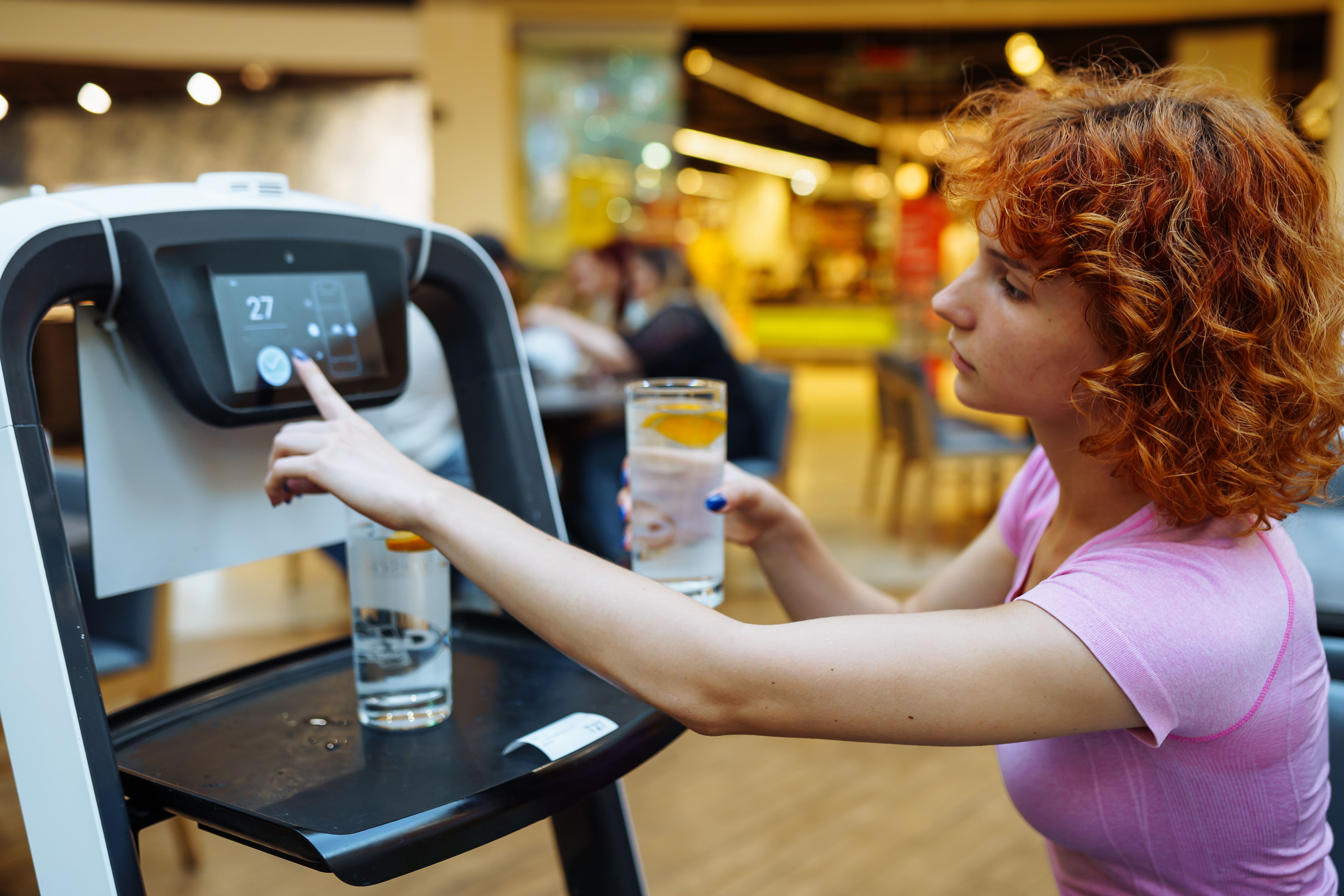Revolutionizing Hospitality: The Smart Service Waiter Robot
Introduction to Smart Service Waiter Robots
In recent years, the hospitality industry has been undergoing a significant transformation with the integration of cutting-edge technology. One of the most exciting advancements in this field is the introduction of smart service waiter robots. These robotic helpers are designed to enhance the dining experience by providing efficient, reliable, and innovative service, revolutionizing how restaurants operate.

Elevating Customer Experience
Smart service waiter robots are equipped with advanced artificial intelligence and machine learning capabilities, allowing them to interact with customers seamlessly. They can take orders, deliver food, and even handle payments. This technological marvel ensures that customers receive timely and accurate service, enhancing their overall dining experience. Moreover, these robots are programmed to remember customer preferences, offering a personalized touch that traditional service methods may lack.
Boosting Operational Efficiency
The integration of waiter robots in restaurants significantly boosts operational efficiency. By automating routine tasks such as order taking and food delivery, human staff can focus on more complex and personalized aspects of service. This division of labor not only optimizes workflow but also reduces wait times, leading to increased customer satisfaction.
Reducing Labor Costs
Labor costs constitute a significant portion of expenses in the hospitality industry. By employing smart service waiter robots, restaurants can manage these costs more effectively. Robots do not require breaks, vacations, or benefits, making them a cost-effective alternative to traditional staffing. This reduction in labor costs can be redirected towards improving other areas of the business, such as menu enhancement or facility upgrades.
Ensuring Consistency and Reliability
One of the standout features of smart waiter robots is their ability to provide consistent and reliable service. Unlike human staff, robots do not experience fatigue or fluctuations in performance. This consistency ensures that every customer receives the same high-quality service regardless of the time of day or the restaurant's busyness. As a result, businesses can maintain their reputation for excellence without the variability associated with human employees.
Challenges and Considerations
While the advantages of smart service waiter robots are numerous, there are also challenges to consider. The initial investment in robotic technology can be substantial, requiring careful financial planning and analysis. Additionally, customers may need time to adapt to interacting with robots instead of human servers. However, with proper training and customer education, these challenges can be effectively mitigated.
The Future of Hospitality
As technology continues to advance, the role of smart service waiter robots in the hospitality industry is expected to expand. These robots will likely become more sophisticated, capable of handling a wider range of tasks and interacting with customers in increasingly human-like ways. The future of hospitality is undoubtedly intertwined with technological innovation, promising exciting developments for both businesses and customers alike.
Conclusion
The introduction of smart service waiter robots is reshaping the hospitality industry by enhancing customer experiences, increasing operational efficiency, and offering cost-effective solutions. As restaurants continue to embrace this technology, they can expect not only to meet but exceed customer expectations, setting a new standard for excellence in service.
Service Waiter Smart Commercial Robot Superior Quality Plastic Material
